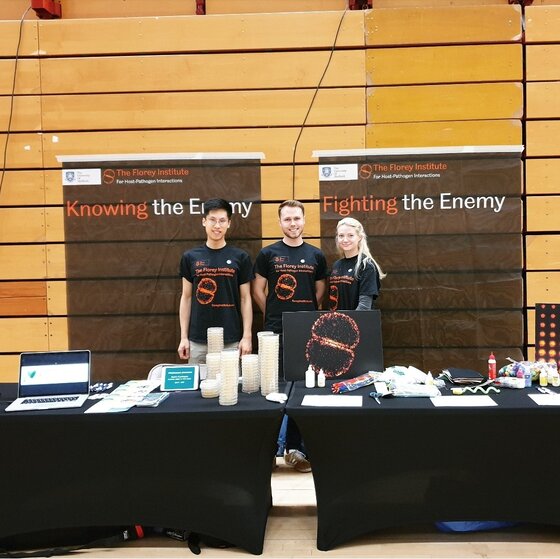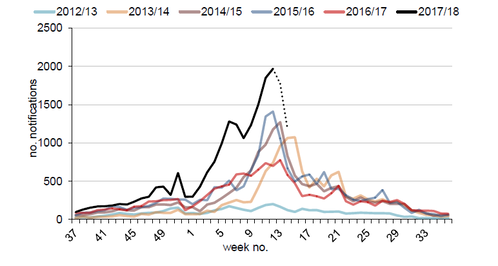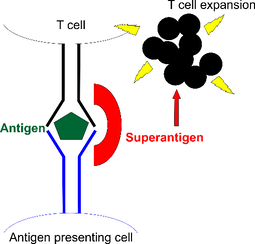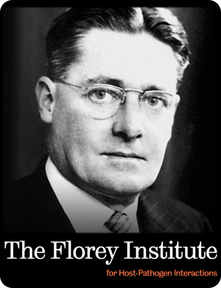
Last weekend, the Florey Institute visited the Inverness Science Festival and we hope you had as much fun as we did. In conjunction with The Microbiology Society, our volunteers took along a number of engaging and illuminating activities, geared around getting you up close and personal with your very own microbiome.
The team, led by Dr. Daria Shamarina, introduced you to the concept of your skin as a living, breathing protective barrier. We showed you how it can become damaged, and crucially, how commensal (or ‘helpful’) bacteria and fungi play a fundamental role as foot soldiers protecting this defensive perimeter. Informed by recently published research carried out here at The Florey Institute, we also discussed how the distinction between organisms that are desirable to have on and within our bodies, and those that are not, is often far from clear, and that not all microorganisms come in peace!
With this in mind, we encouraged festivalgoers to have a go at propagating their microbiomes on pre-prepared agar plates, which we then transported back to the University of Sheffield and incubated - many of these are very beautiful and we encourage you all to check out them out at www.floreyinstitute.com/invisible-worlds-2019.html
“Our research has shown that the ‘normal’ human microbiome can even help the opportunistic disease causing bacterium Staphylococcus aureus establish infection. The interaction between our microbiome, potentially dangerous organisms and our bodies is complex and far-reaching. It is fantastic to be able to bring it to life and show people in this way!” – Dr. Daria Shamarina
If you’ve got a passion for microbiology or if you enjoyed our activities at this event and would like to know more, check out our website, our research, and be sure to follow us on social media. If you’re really keen, you could even consider becoming a member of the Microbiology Society, who offer reduced rates for students.


